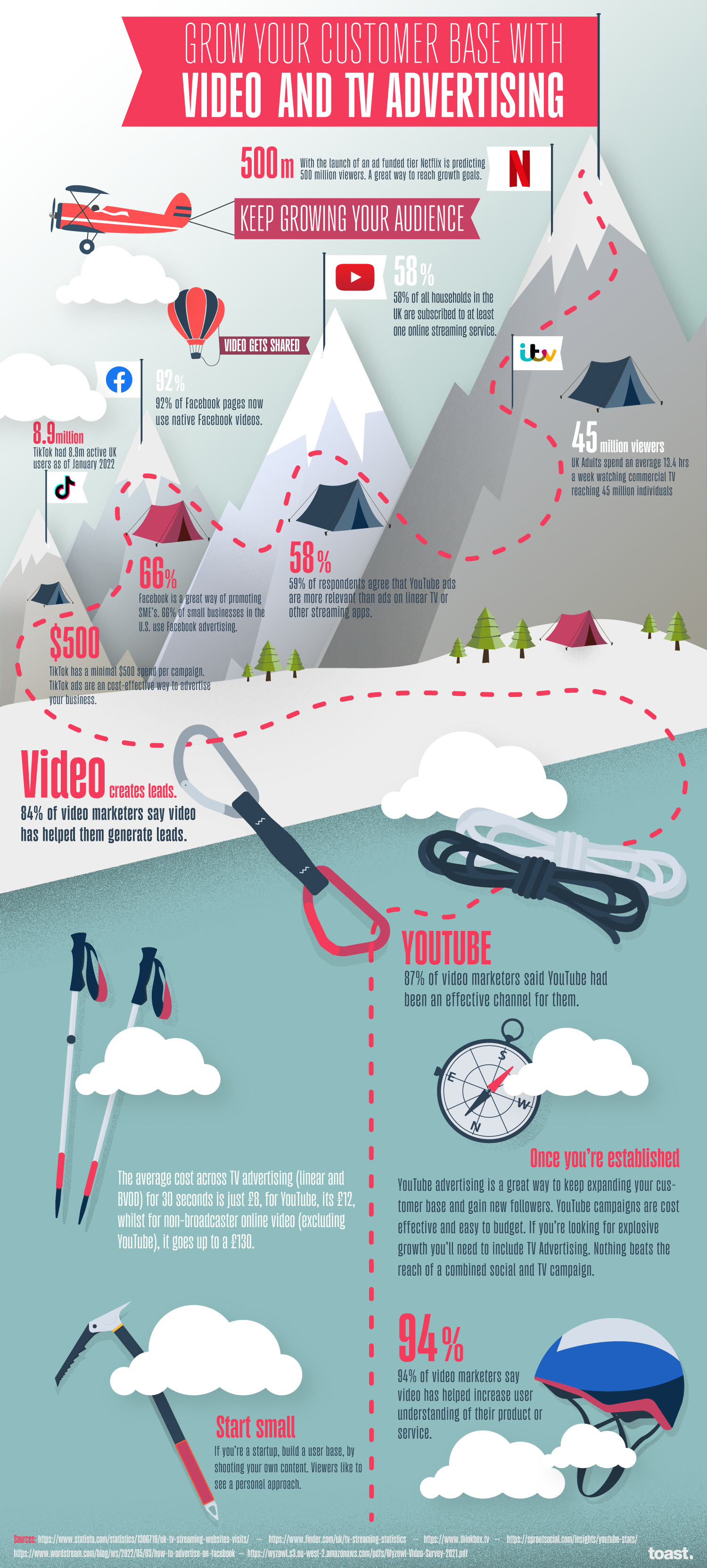Spurred by growth from large tenants, both New York City and Los Angeles experienced significant growth in demand, according to the Q4 2023 VTS Office Demand Index (VODI) quarterly report
New York, NY – January 31, 2024 (BUSINESS WIRE) Nationally, demand for office space rose in December on a year-over-year basis, marking the sixth consecutive month of annual growth and giving new life to the office market. This trend reversal follows 15 consecutive months of monthly annual declines in demand for office space, according to the quarterly VTS Office Demand Index (VODI). The VODI tracks unique new tenant tour requirements of office properties in core U.S. markets, and is the earliest available indicator of upcoming office leasing activity as well as the only commercial real estate index to explicitly track new tenant demand.

Nationally, the VODI increased to 55, marking a 19.6 percent year-over-year and 7.8 percent quarter-over-quarter rise in demand for office space. Aside from the immediate decline in demand during the heart of the COVID-19 pandemic, the national VODI bottomed out in December 2022 at 44 and has trended upward since.
Likely spurring the trend reversal is positive economic data easing recession fears and stabilizing work-from-home rates. Combined, the two indicators have reduced uncertainty and injected confidence in the minds of employers with regard to committing to new office space.
“The first step in the recovery of the office market is to stop the bleed, and according to our data, we likely have. However, it is still too early to call a bottom nationally,” said Nick Romito, CEO of VTS. “Today, the office market is stable, but it is also fragile. While the cards are stacked in favor of a slow but steady recovery, it wouldn’t take much to startle employers again and pause any upward momentum.”
Locally, both New York City and Los Angeles experienced impressive annual growth on an already elevated base, up 38.9 percent and 46.8 percent, respectively, and up 21 and 22 points, respectively. In both cities, the demand was driven by an increase in tenants looking for large spaces (greater than 50,000 sq.ft.). Of cities covered by the report, New York City is closest to its pre-pandemic normal, reaching a VODI of 75, followed closely by Los Angeles at 69.
“Among all cities, New York City and Los Angeles have been the leaders in paving the way to recovery for quite some time. As they get closer to their eventual normal, it becomes harder to see large jumps in demand, but both cities did just that. It is sustained and remarkable,” said Ryan Masiello, Chief Strategy Officer of VTS. “Employers in New York City and Los Angeles are assessing their needs, looking into their crystal ball and making bullish bets on their future.”
In the tech-heavy cities of Seattle and San Francisco, both hit hard by the shift to work-from-home and struggling at the bottom of the pack, the data shows that the mix of who is filling their office space in the future may look different than it did before the pandemic. For example, in Seattle, the share of demand coming from the “third sector” has nearly doubled since January 2020, right before the pandemic, while in San Francisco, it is up 69.3 percent over the same period. Note, that “third sector” refers to any tenants that are outside the TAMI and FIRE sectors.
Q4 2024 VTS Office Demand Index (VODI)
| National | BOS | CHI | L.A. | N.Y.C. | S.F. | SEA | D.C. | |
| Current VODI Dec./Q4) | 55 | 39 | 45 | 69 | 75 | 34 | 34 | 44 |
| Quarter-over-Quarter VODI Change (%) | 7.8% | 11.4% | -4.3% | -6.8% | 27.1% | -15% | 61.9% | 0% |
| Quarter-over-Quarter VODI Change (pts.) | 4 | 4 | -2 | -5 | 16 | -6 | 13 | 0 |
| Year-over-Year VODI Change (%) | 19.5% | 39.3% | -10% | 46.8% | 38.9% | 9.7% | -12.8% | -22.8% |
| Year-over-Year VODI Change(pts.) | 9 | 11 | -5 | 22 | 21 | 3 | -5 | -13 |
About VTS
VTS is the industry’s only technology platform that unifies owners, operators, brokers, and their customers across the commercial and residential real estate ecosystems. In 2013, VTS revolutionized the commercial real estate industry’s leasing operations with what is now VTS Lease. Today, the VTS Platform is the largest first-party insights and collaboration engine in the industry, transforming how strategic decisions are made and executed by real estate professionals across the globe.
With the VTS Platform, consisting ofVTS Lease, VTS Market, VTS Activate, and VTS Data, every stakeholder in real estate is given real-time market information and workflow tools to do their job with unparalleled speed and intelligence. VTS is the global leader, with more than 60% of Class A office space in the U.S., and 13 billion square feet of office, residential, retail, and industrial space is managed through our platform worldwide. VTS is utilized by over 45,000 professionals and over 1.2 million total users, including industry-leading customers such as Blackstone, Brookfield Properties, LaSalle Investment Management, Hines, BXP, Oxford Properties, JLL, and CBRE. To learn more about VTS, and to see our open roles, visit www.vts.com.
Contacts
Media:
Eric Johnson
VTS
eric.johnson@vts.com
Lauren Riefflin
Kingston Marketing Group
lauren@kingstonmarketing.group
Jullieanne Cueto
Marino
jcueto@marinopr.com


